Trans Mountain Pipeline Expansion
Location:
Canada
Project risks:
Environmental Destruction, Social Harm
The Trans Mountain Pipeline Expansion twins the existing Trans Mountain Pipeline. By zooming in, you can recognize pipes ready to be installed.
By backing the Trans Mountain Pipeline Expansion (TMX), the Canadian government brought a dying fossil fuel project back to life.[1] The TMX project had become so unpopular among Canadians that Texas-based fossil fuel company Kinder Morgan abandoned it.[2]15499 The Canadian government could have dropped the project too. Instead, it decided to step in.[3] The government-owned Canada Development Investment Corporation (CDEV) bought the project in 2018 for CAD 4.4 billion.[4]15501 Using taxpayers’ money, it prevented TMX from dying on the shelves.[5]19416
Since it began operations in 1953, the original Trans Mountain pipeline has polluted the land and water of Indigenous communities.[6] Today, almost 70 years later, the Canadian government has built a twin pipeline along the same route to pump even more oil through the country.[7] This second pipe almost triples the capacity of the Trans Mountain pipeline system to 890,000 barrels of oil per day.[8] The pipeline transports tar sands oil from Alberta in central Canada to the Westbridge Marine Terminal on the Pacific Coast. The Canadian government, through CDEV, also wants to build 12 new pump stations and expand the Westridge Marine Terminal's export capacity.[9] When the expansion is finalized, up to six times more tankers will dock at the terminal every year to ship Canadian tar sands oil around the world.15497[10]
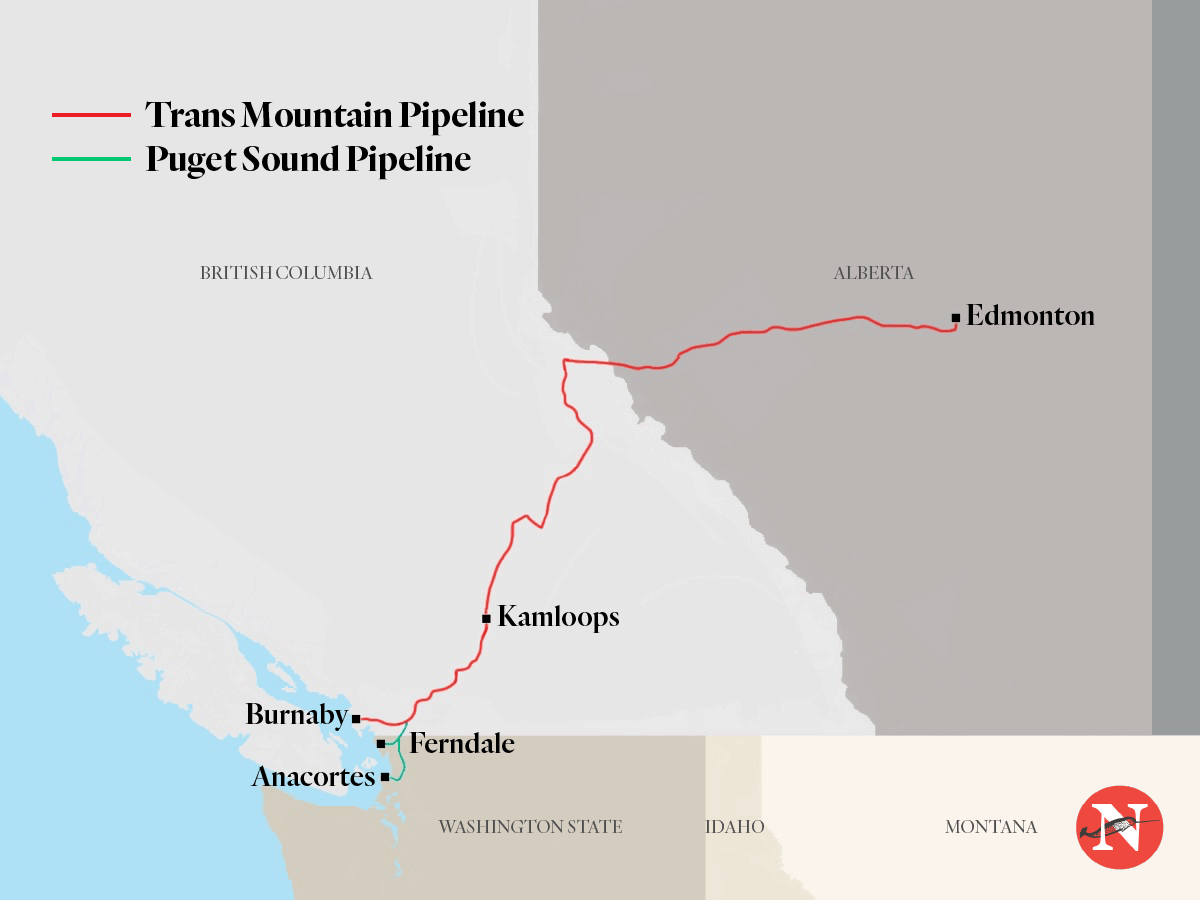
Notes on methodology: Reputational risk projects on GOGEL are updated annually. This article was last updated November 4 2025. Canada Development Investment Corporation (CDEV) is not listed on GOGEL 25. The company therefore does not appear as owner of this project in the info box above, which is based on GOGEL data. Companies with pipeline expansion plans are listed on GOGEL based on the prorated capacity of their expansion projects. The Trans Mountain Pipeline Expansion is complete and the company does not meet any of the other GOGEL thresholds [https://gogel.org/about-data].
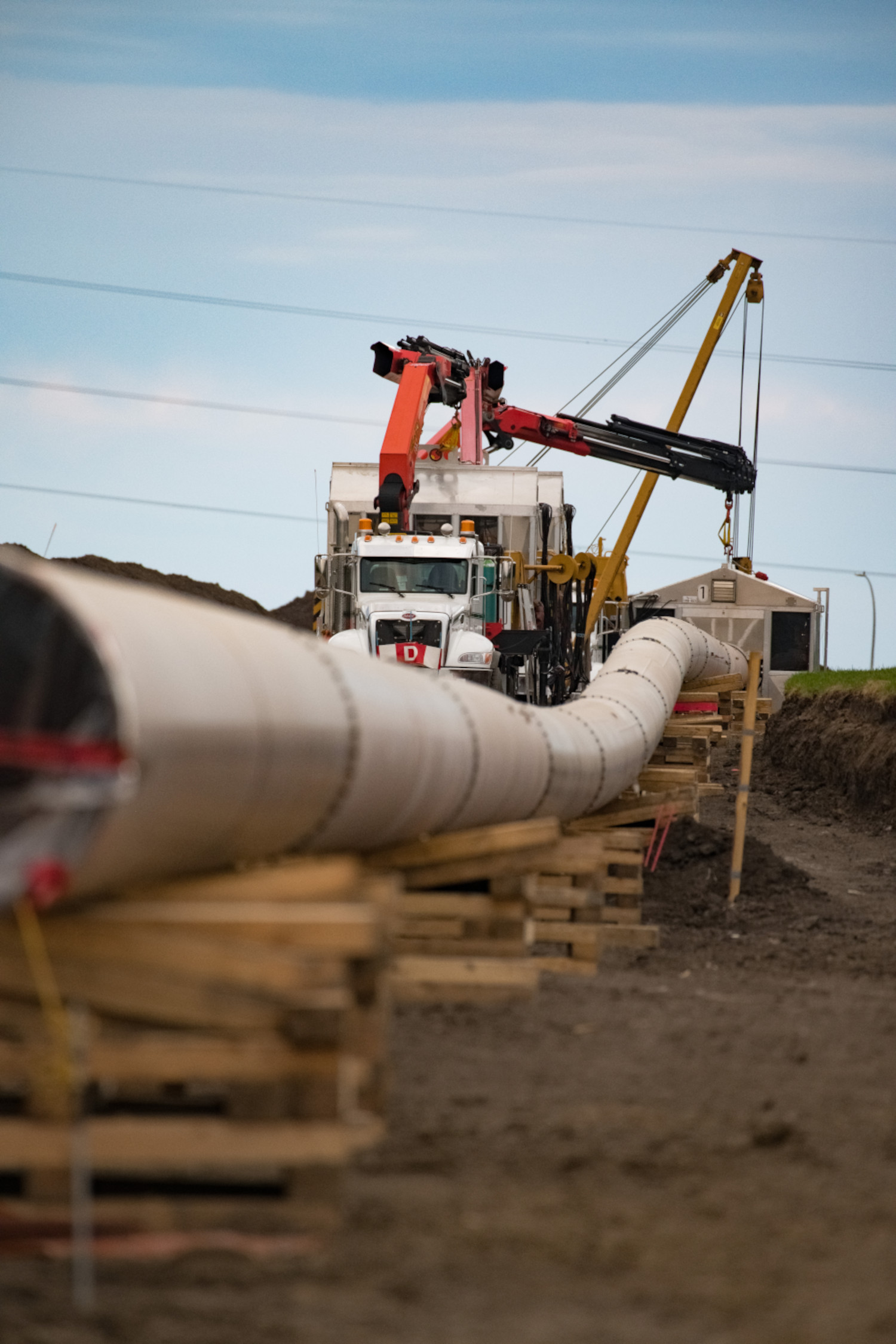
Dirty Since 1953
The oil that runs through the Trans Mountain pipeline is among the most polluting oil in the world.[12] It comes from Alberta’s tar sands where oil companies bulldoze the millennia-old boreal forest to extract the tar sands underneath.[13][14] This process is notoriously harmful to water sources and energy-intensive. [15]15505 All they leave behind are gigantic open pits of barren, desolate landscape.[16]
The existing Trans Mountain pipeline has counted more spills than years it has existed. Over the last 68 years, Trans Mountain has spilled 85 times.[19] It has gone no longer than 4 years without a spill.[20] The last spill was in June 2020, when CDEV’s pipeline leaked 190,000 liters (ca. 1,200 barrels) of tar sands oil.[21]15507 The spill was right above the aquifer which provides drinking water to the Sumas First Nation.[22] This was the fourth time in 15 years that Trans Mountain oil polluted the Sumas Indigenous people's land.[23]
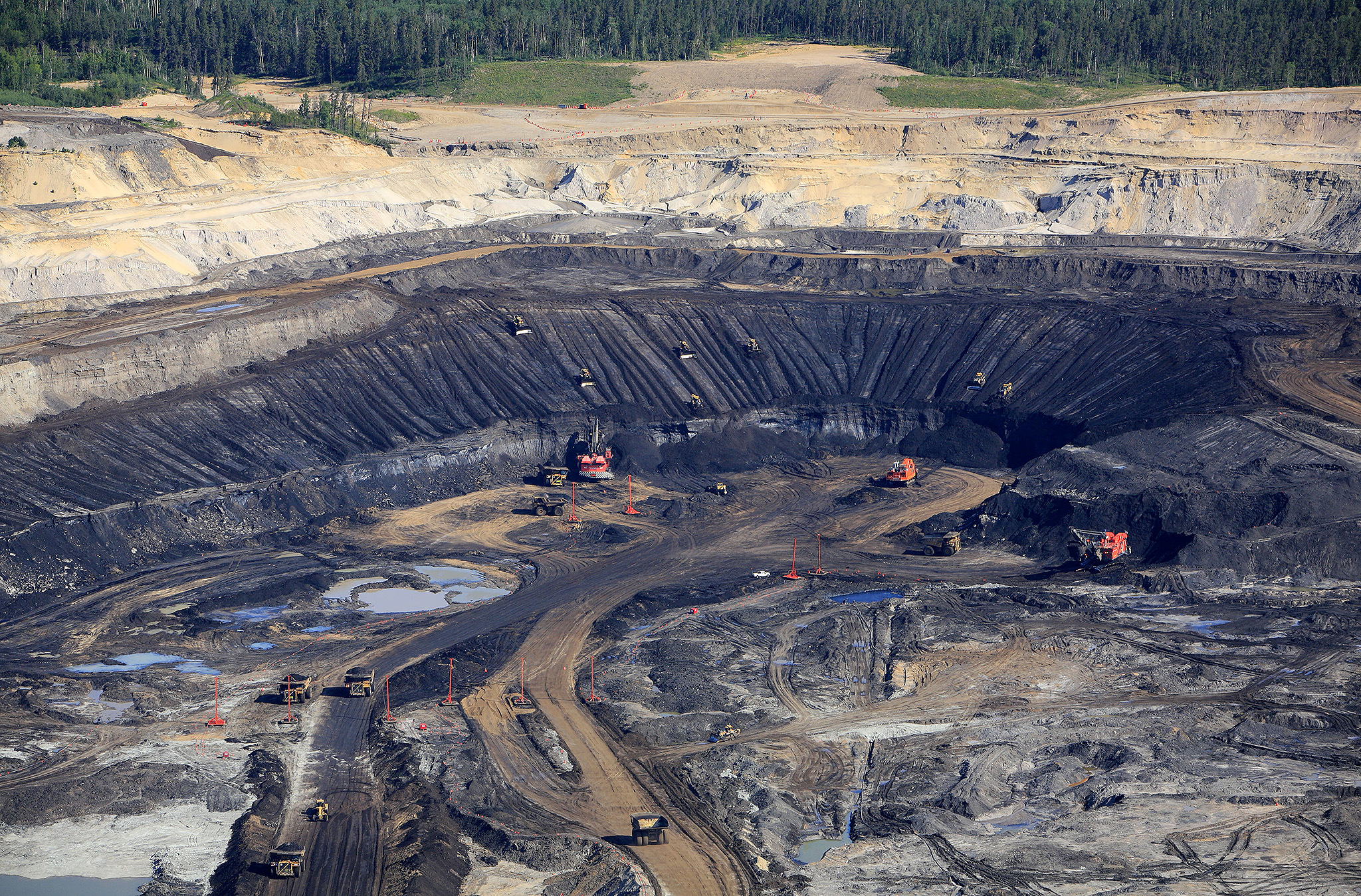
Risks Too Large to Accept
With the TMX project, Canada is on track to repeat the dirty history of the first Trans Mountain pipeline. Indigenous communities in particular worry about their health, water and soil.[24] The Canadian government identified up to 129 different Indigenous communities that risk being affected by the project, including the Secwépemc and Shxw’owhamel First Nations.[25]15509 The United Nations Committee on the Elimination of Racial Discrimination has urged the Canadian government to stop all activities around TMX as long as Indigenous groups remain in disagreement with the project.[26] To this day, the Canadian government continues to ignore this call.1455914561
The Tsleil-Waututh Indigenous people are among those who oppose TMX.[28] They live on the shores of the Burrard Inlet, a sea channel on Canada’s west coast. Tsleil-Waututh means “People of the Inlet”.[29] They hunt and harvest salmon, herring, clams, and birds from the coast and sea.[30] Up until now, the Tsleil-Waututh have tried to protect and restore the Burrard Inlet that suffers under the ongoing industrialization.[31] The Westridge Marine Terminal and the anchor places for the tankers are less than 4 km (2.5 mi) away from the Tsleil-Waututh's land15511. The Tsleil-Waututh carried out assessments on what consequences TMX's potential impacts on their lifestyles. They found that the chance of an oil spill occurring over the next 50 years at the Westridge Marine Terminal or Burrard Inlet is as high as 79 to 87%.15511
“Our obligation is not to oil. Our obligation is to our land, our water, our people, our future. This project represents a risk that we cannot take.”
Leah George Wilson, Chief of Tsleil-Waututh Nation.[43]
An oil spill in the Burrard Inlet would be a disaster for the Tsleil-Waututh, whose way of life is closely interwoven with the sea.[32] Such an environmental catastrophe would eradicate the wild resources that form a central part of the Tsleil-Waututh’s diet and culture.15523 Spilled oil would quickly spread through the Burrard Inlet, blacken the coast and poison the water.[36] Tar sands oil is a dense and smeary substance. Some toxic solvents would dissolve into the air and water, and the rest would sink to the seafloor.[37][38] Even under the best of circumstances, it would be practically impossible to clean up more than half of the oil spilled in the Burrard Inlet. [39] The oil would kill birds and fish, such as the pacific salmon, and shatter the complex marine food web.[40][41] All of this would happen exactly where the Tsleil-Waututh have been living since time immemorial.[42]
Noise in the Whales’ Underwater World
Even without a single drop of spilled oil, the TMX project threatens the already endangered whales on Canada’s west coast.[44][45] The waters off Vancouver are home to 73 Southern Resident Orcas, a unique whale species.[46] The animals live together in tight-knit families and feed on salmon.[47][48] To hunt the salmon and communicate with each other, the whales use their complex sonar.[49] They whistle and send clicking sounds into the water. If the sounds hit a salmon or other animals or objects, they return as an echo.[50]
The tankers that would transport TMX oil are dangerous noisemakers in the underwater world. TMX increases the pipeline’s capacity to such a great degree that over 400 oil tankers could dock at the Westridge Marine Terminal, per year, compared to a current average of 60.15513[51] All of these tankers would travel through the whales’ hunting grounds.[52] Their loud engines and propellers threaten to drown out the whales’ hunting calls and conversations.[53] Increased tanker traffic from TMX could be fatal for the endangered whales.[54][55] At worst, the oil tankers strike and kill the whales.[56] The tanker noise, together with the risk of collisions and oil spills, puts the 73 remaining Southern Resident Orcas on the knife-edge of extinction.[57]
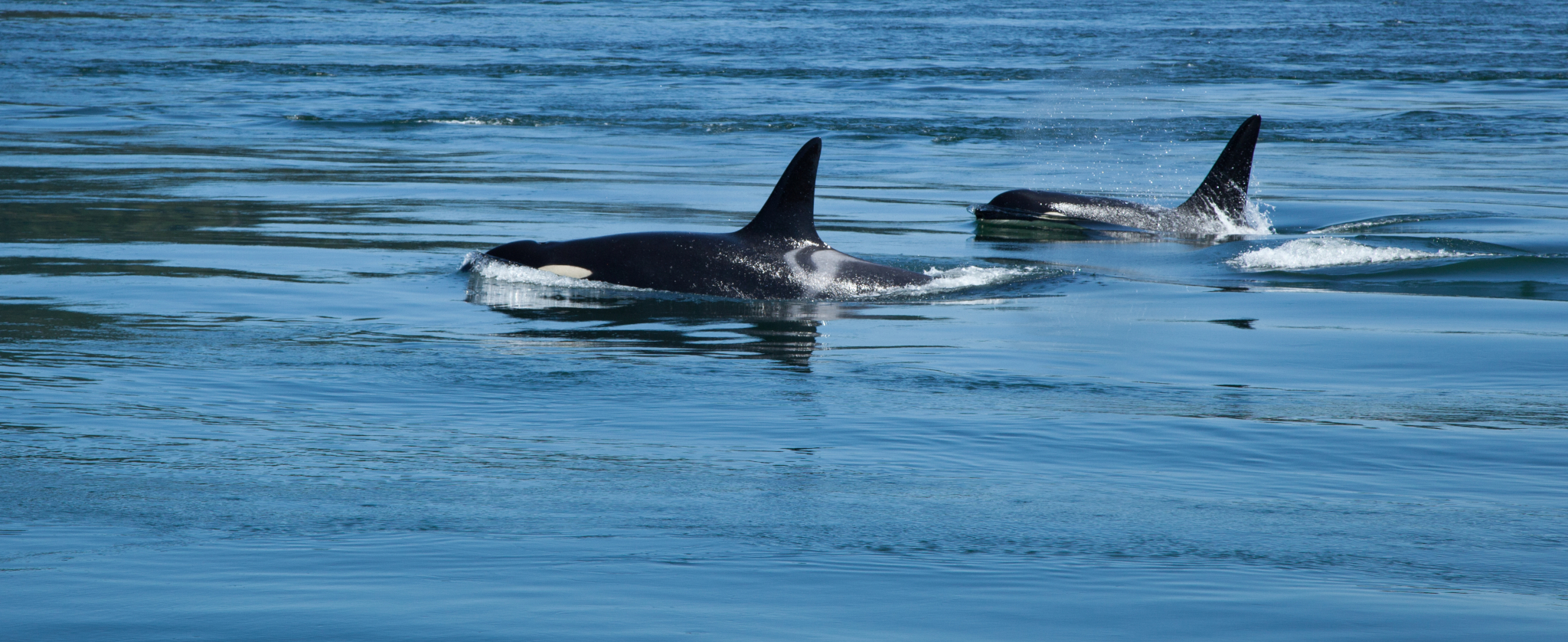
TMX Under Pressure
Canada’s buyout of TMX saved the project from abandonment, but it did not save the project from protests. During the heights of the protests against the pipeline, members of the Tsleil-Waututh and other indigenous groups on Canada’s west coast built a traditional watch house – the Kwekwecnewtxw – in the pipeline’s path.[58] It still stands strong years later as a symbol of community opposition, despite the pipeline expansion being in operation since May 2024.15515 Indigenous and activist communities mounted opposition on all fronts, from hair-cutting ceremonies to appeals in the Supreme Court.15517 Some land defenders set up camp in trees that were to be cut down for TMX.[60] In response, Canadian authorities issued an indefinite injunction order to prevent protests at pipeline construction sites.15519 The injunction resulted in prison sentences for Indigenous protestors for performing traditional ceremonies on their own land.15521
TMX was so dirty and controversial that CDEV could only find insurers behind closed doors.[62] The company was afraid that no insurer would back the pipeline if their names were revealed.[63] In a global week of action, numerous human rights and climate groups from 4 different continents called on insurance companies to stay away from TMX.[64] So far, 17 insurers have cut ties with TMX.[65]14563 European insurers Zurich, AXA, Allianz, Talanx, Munich Re, Generali, SCOR and MAPFRE are among those who refuse to insure TMX.[66] A tidal wave of other insurers joined them, such as AXIS Capital, Chubb, QBE and Suncorp.[67]
Between the project’s start and its completion, TMX’s price tag rose to CAD 34 billion.23331 That is almost 5 times more than the initial CAD 7.4 billion estimate provided in 2017 and 40 times more than has been spent on renewable energy in Canada between 2014-2020.2333014569 These costs have been partially passed on to oil and gas producers, which explains why the pipeline has failed to run at full capacity in its first year.23332 And yet, the industry continues to call for more pipeline expansion in the country, using TMX as an example.233332333423335 In June 2022, The Canadian Parliamentary Budget Officer published a report on TMX. He found that cancelling the project would result in CAD 14.4 billion worth of stranded assets. He also found that, over its life cycle, the pipeline’s acquisition, construction and operation will result in a net loss for the government.15527 Still, CDEV managed to convince a handful of financial institutions to support the project by promising to keep their involvement secret.19417 Six Canadian banks – TD, RBC, CIBC, BMO, Scotiabank and the National Bank of Canada – stepped up in 2022 to cover parts of the soaring project costs with a CAD 10 billion loan.1456514567 The Canadian government has promised to secure the loan with public money.14565 In late 2024, months after the pipeline’s completion, Canada’s export credit agency approved a CAD 20 billion loan to TMX in violation of that promise.23336 Before more public money goes into the destructive TMX project or other new oil and gas infrastructure, Canada should do what is long overdue and finally abandon oil and gas for good. With such environmental, social, and economic risks involved, it is hard to envision how banks and insurers agreed to support TMX. All that is left is to hope the Canadian government chooses to stop the bleeding by calling off the TMX pipeline project.
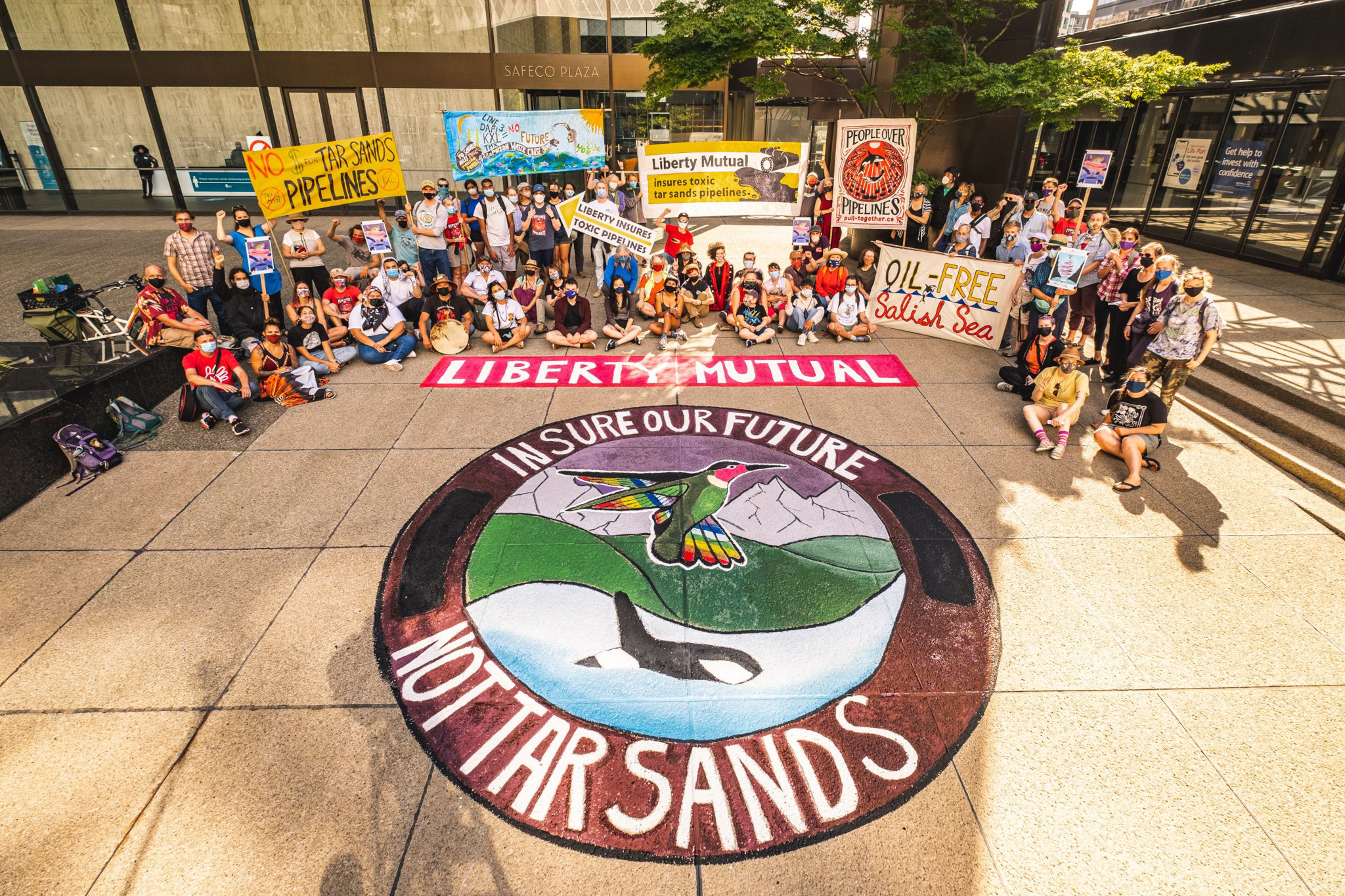

Groups working on the Trans Mountain Pipeline Expansion: Protect The Inlet, Tsleil-Waututh Sacred Trust, Ecojustice, Stand.earth, Tiny House Warriors: Our Land is Home, Climate Justice Edmonton, Raincoast Conservation Foundation, Insure Our Future, Living Oceans Society, Wilderness Committee, Dogwood, 350Vancouver, 350Seattle, Sierra Club, West Coast Environmental Law, Friends of the San Juans, Indigenous Climate Action, Union of British Columbia Indian Chiefs, Waterkeeper Alliance, Return To Athabasca, Washington Physicians for Social Responsibility